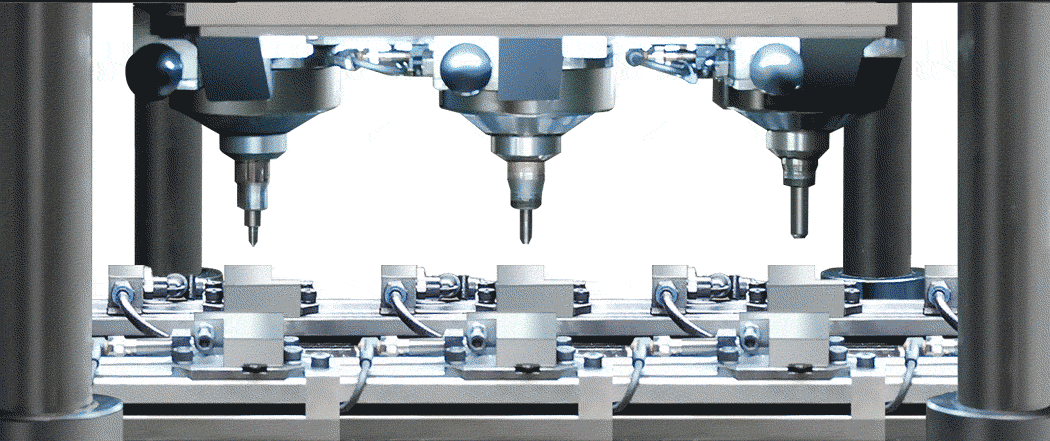

Cold mass forming technology
Down to the perfect end geometry
The forming process used for cold mass forming starts at room temperature. The tool is not actively heated and the temperature of the material remains below the recrystallization temperature. For cold mass forming, solid blanks, normally produced by shearing off, sawing off or punching, are placed under such high pressure that the material begins to flow and assume the required shape.
Whether billets, plug plates, blanks or wire rings – at Walter Schneider we produce cold forged parts from a whole range of different starting materials. Not only precisely to customer specification but also with the greatest possible efficiency. Because we have a sound command of all commonly used methods and possible combinations, with multi-step forming to create the perfect end geometry as one of our focal specialities.
Alongside compression, upsetting, stamping and tapering, forging is among the core processes used in the field of cold mass forming. All these methods are classified according to DIN 8583 under the umbrella of forming under compressive conditions.
Mit der Maus über die Elemente fahren um die Pläne aufzuklappen.
Forming technology as an option
Cold forging in general:
This method is suited for the manufacture of solid and hollow parts from medium-sized production runs. High yields can be achieved even where geometries are complex or where components entail undercuts. Netshape quality with finished functional surfaces eliminates the need for reworking.
An optimum fibre flow in conjunction with stain hardening of the material enables parts to withstand higher levels of strain, or alternatively optimized product design with a reduced space requirement.
Minimum material input and processing at room temperature make this an economical process, generating added value for customers.
Cold forging as a blank with reworking:
Blanks formed close to their final contour help reduce reworking to a minimum. This ensures that the majority of the fibre flow remains intact. Characteristics which are difficult or impossible to realize by forming can be economically added. Any downstream further processing steps carried out in-house are ideally inter-coordinated.
Cold forging with quenching and tempering:
Where increased demands are made on product strength, alongside classical quenching and tempering, modern materials are also used. Bainitic and micro-alloyed steels, for instance, already achieve an elevated level of strain hardening during the forming process. This eliminates the need for classical heat treatment. As well as reducing the supply chain, this also eliminates the risk of warping and so improves quality.
Cold forging with pre-shaped and finished products:
As well as using punched blanks or sawn sections, internally produced semi-finished products are transformed into finished products during a second forming process. The benefits here are minimal weight fluctuations and an optimum pre-shape for the finishing process.
Alternative combination of processes:
Alongside the classical use of processing methods, alternative combinations of pressing, surface and heat treatment as well as calibration processes are used to enable the economical production of functionally relevant component characteristics.
Best processexperts
We make the complicated achievable, with expertise spanning the entire process chain. From the first design through to the ready-to-mount component: Bringing Walter Schneider on board means benefiting from comprehensive expertise, an extreme vertical depth of production and smooth, trouble-free processes.
This is achieved through close networking between design, toolmaking and the pressing plant with the available support processes.
We relish the challenge of engineering stable processes to achieve ambitious requirement targets.
Process

